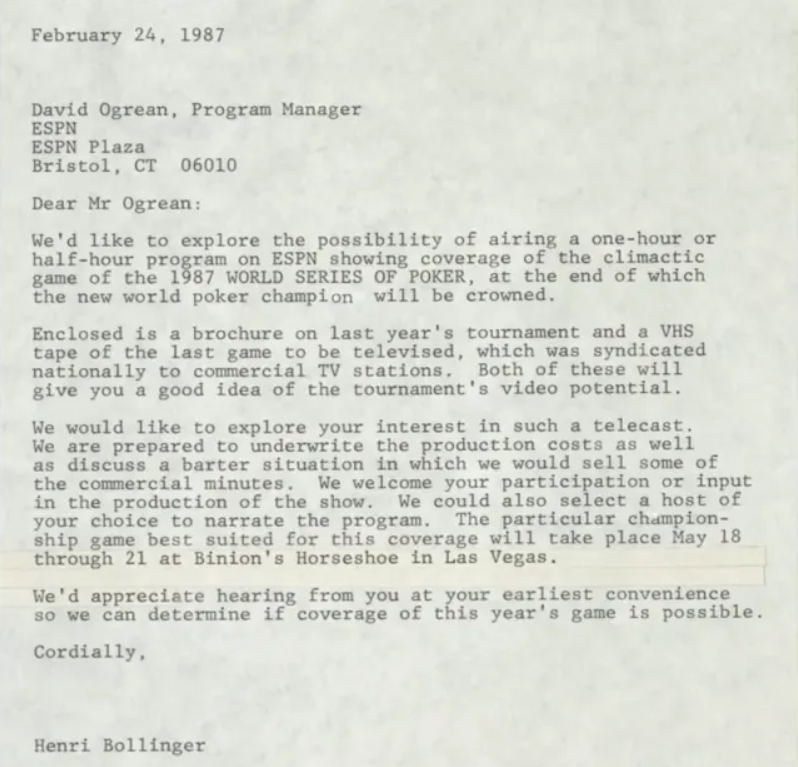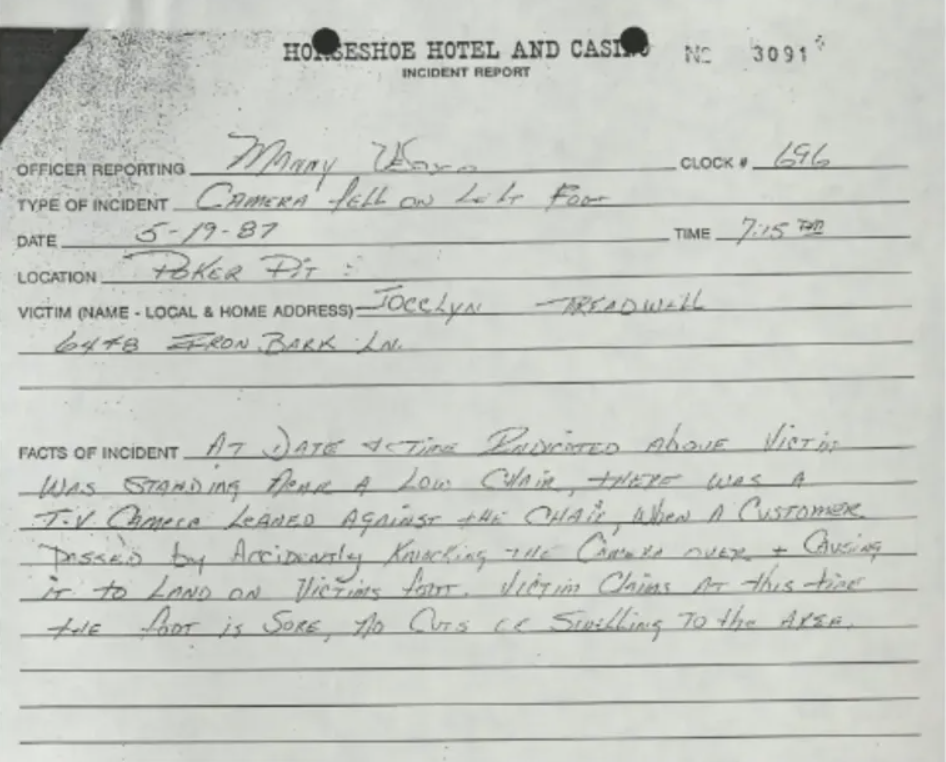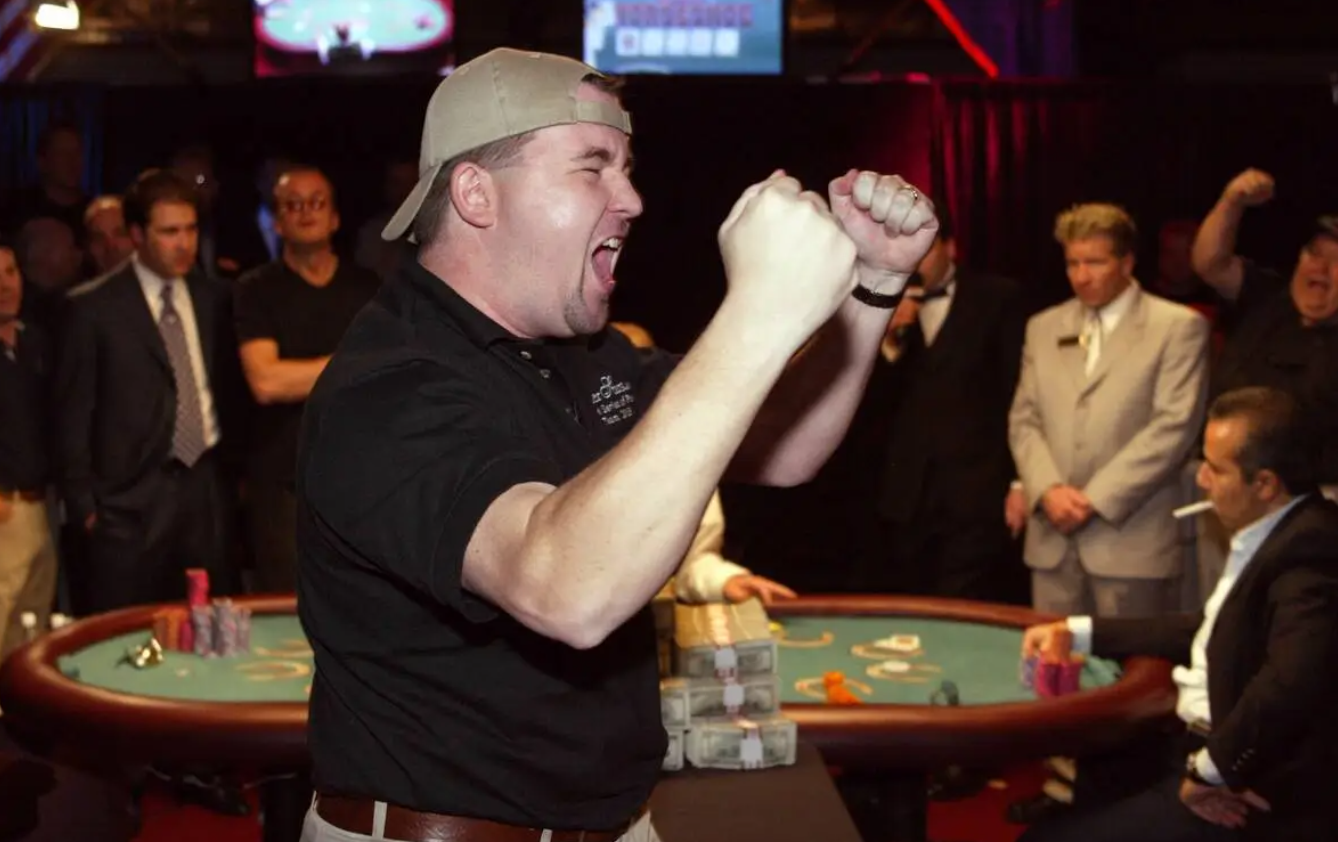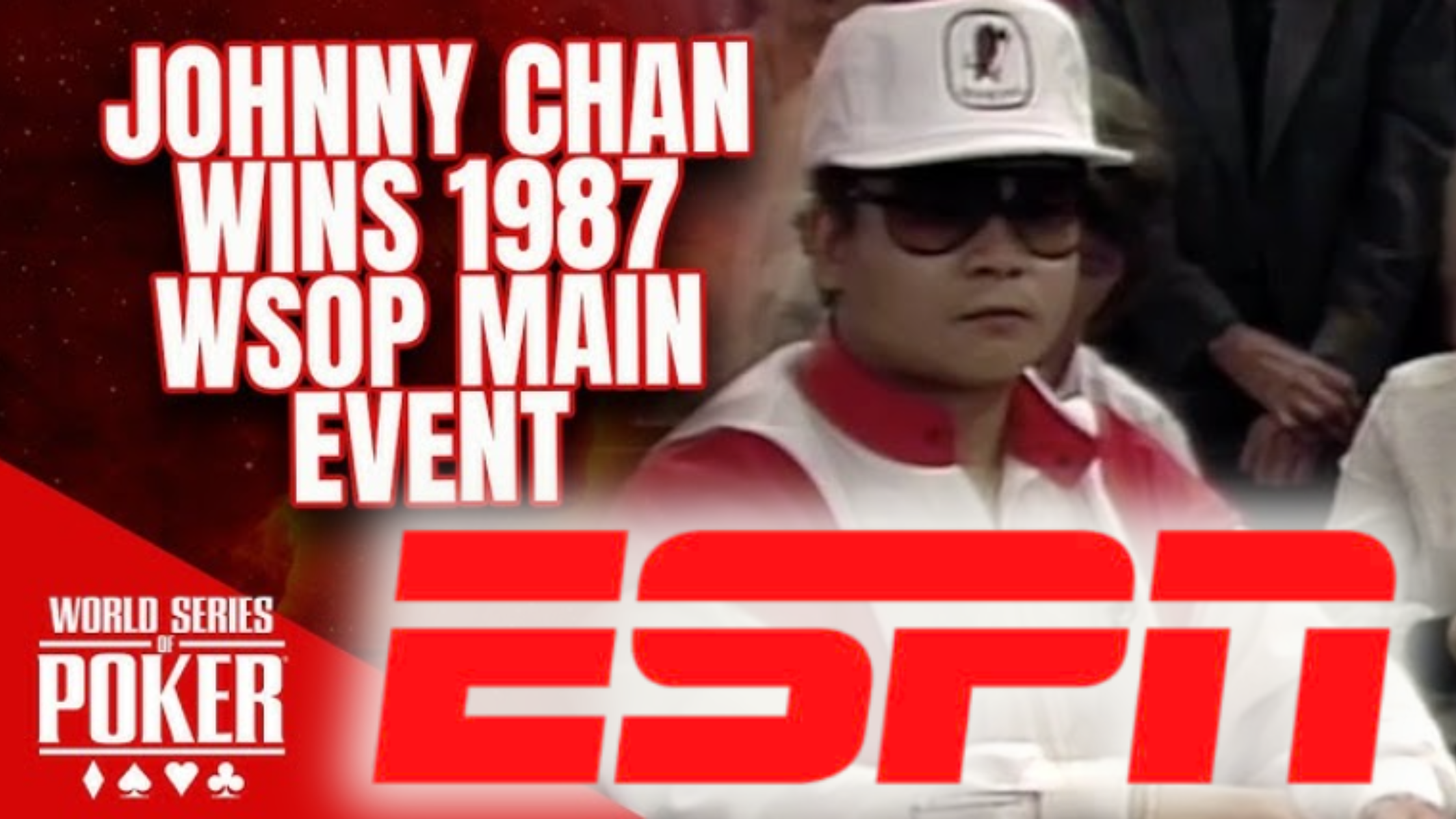It all started with a letter
On February 24, 1987, to be exact, Henri Bollinger, a seasoned Los Angeles PR agent, wrote to ESPN program manager David Ogrean. On behalf of Binion's Horseshoe Casino, he proposed airing an hour- or half-hour documentary from the 1987 WSOP Main Event.
The offer was simple but tempting: the casino would pay the production costs and, as a bonus, the network would get a few advertising slots. ESPN, though a young cable sports network, saw an opportunity - to add something new, original and also relatively inexpensive to its programming.

At the time, ESPN was already growing. It was taken over by ABC in 1984, and the network began to profile itself as a serious sports TV. By 1987, nearly 50 million households watched it. The biggest draw of television was NFL games, but the programming schedule still needed to be filled with a variety of genres: from minor league baseball through motorsports to - poker. For ESPN, it was just one of many experimental collaborations. For poker, however, it was a step into a new era.
The camera, the flap... WSOP!
The 1987 WSOP Main Event was held on the dates of May 18-21. Production was handled by Translor Films in association with Trans World International (TWI), who had extensive experience in sports production. On paper, it looked perfect.
Except for one thing: on 19 May, one of the TV cameras fell right on a spectator's foot. The incident made its way into the casino's report, which stated that the camera was leaning against a chair, and when a customer walked by, he accidentally knocked it over. The result? Injury and a subsequent lawsuit. ESPN television, which was not a direct producer, was repeatedly linked to the incident, which angered it badly. Eventually, Binion's Horseshoe and Translor Films agreed to an out-of-court settlement with the victim.

Poker as a television challenge
After the tournament, post-production began immediately. TWI Vice President Gordon Smith announced on June 10 that the first version of the documentary would be ready by July 20. It was an optimistic prediction. Host Ted Robinson kicked off the program by interviewing the six finalists, which included a young Howard Lederer, Dan Harrington, Jim Spain, Bob Ciaffone, Frank Henderson, and even the winner Johnny Chan.
Segments like "How Poker Players Keep Fit" were meant to bring humor and humanity - they showed Puggy Pearson swimming in a pool, for example, or Jesse Alt running around Las Vegas. Even though it was about poker, the creators wanted to create something more - a story with characters, suspense, and sometimes even laughter.
Long summer, slow pace
Despite initial efforts, the project dragged on all summer. Bollinger sent a complete synopsis to TWI on July 2, but it wasn't until September that plans for serious promotion began. Press packets, color photos, stories from the tournament, even a 44-page brochure - all went to newsrooms, cable systems and PR agencies across America.

The recommendations were clear: "Six weeks of preparation before broadcast is key." Their goal? To attract as many viewers as possible. It was estimated that more than 50 million Americans sat down at the poker table on a regular basis back then. The documentary wasn't completed until December 14, when ESPN received the final version. When and how many times ESPN aired it remains a mystery today.
But the fact remains that it was this documentary that connected the world of poker with the world of television. And a year later, in 1988, millions of American viewers were watching Johnny Chan beat Erik Seidel - a shot that would later become iconic thanks to the film Rounders.
The road to boom
ESPN broadcast the WSOP until 1998, and then the partnership was renewed in 2002. The network was there when Chris Moneymaker changed history in 2003, and when the NHL lockout occurred in 2004, the resulting broadcast space was filled by poker, which was becoming a phenomenon. And so, what started as an idea from one PR agent in 1987 became the foundation of what we know today as the Poker Boom.

Sources - Poker.org, wikipedia, YouTube, PokerListings




